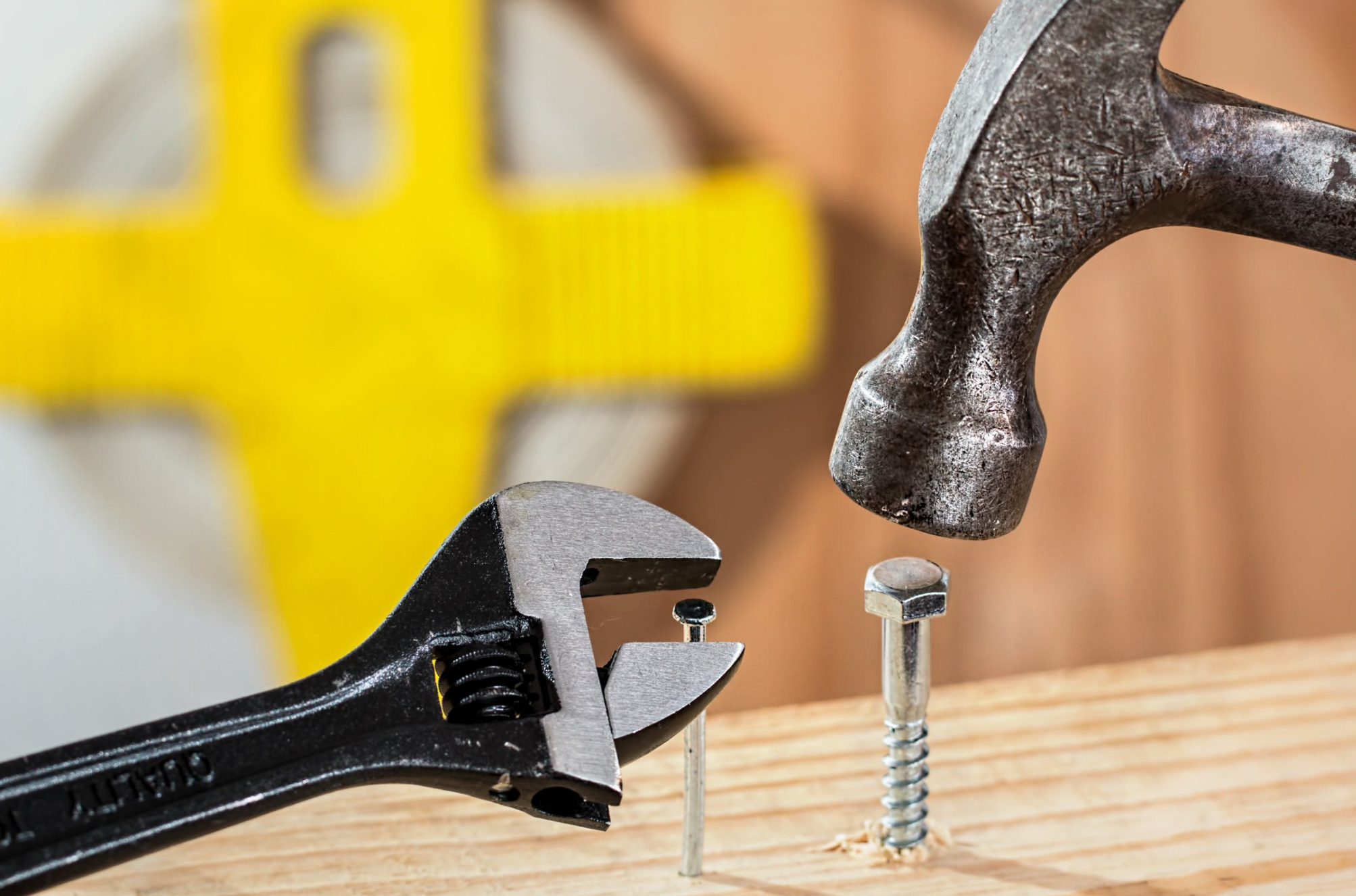Counter-intuitive is a phrase I often use when describing a GAPS or SCD-style elimination diet. In a world where raw vegetables wear glowing halos and plant protein powders are the hottest thing since sliced bread, it’s hard to explain why these foods might need to be temporarily traded for a simple diet of braised meats and boiled vegetables. But does it matter how many micrograms of copper are in your bowl of vegetarian chili if your body can’t actually digest and absorb those beans anyway? Nope, doesn't. Here are the key reasons that an uber-simple diet may be the best.
Don't eat the garnish tho
ENZYMES
We need an abundance of enzymes to digest and absorb our foods. Enzymes are tiny helpers that take larger food molecules -say, a strand of starch from our potato- and break it down into individual food molecules -glucose molecules, in this case. Many digestive enzymes are secreted by the lining of the gut wall. When that lining is damaged or inflamed, enzyme activity decreases. These gut wall enzymes include the sugar splitters that help us digest lactose (found in dairy), oligosaccharides (created from partially digested starches) and maltose (found in beer and other yeast ferments). This means that foods higher in carbohydrate content -starches, unfermented dairy, and sugar- pass through the small intestine partially intact, increasing diarrhea, gas, bloating, and an imbalanced microbiome. More on that later!
LEAKY GUT
The damaged gut wall presents another problem to healthy digestion; it lacks integrity. Not the kind you look for in your state senator, but the type that keeps each cell tightly wedged tightly against its neighbor. This tight junction keeps partially digested foodstuffs out of the bloodstream and allows only single food molecules -like that glucose molecule from your starch strand from your potato- to pass through. Anything larger is useless to the body, at best, and potentially pathogenic, at worst. This condition, called leaky gut or, more formally, increased intestinal permeability, is often credited with being the first step towards food sensitivities, autoimmune disease, and other chronic conditions. Causes of damage to the gut wall include medications, food compounds like lectins and gluten, or bio-individual triggers like nightshades.
DAMAGE & INFLAMMATION
It feels sinful to suggest that someone avoid fiber. Everything we see in the news celebrates its greatness; it's good for regular bowel movements, strong gut walls, balancing cholesterol, filling without calories, etc. etc.. But there is such thing as a need to temporarily avoid it.
Here’s why.
Fiber is a type of carbohydrate found in plant foods that we can’t digest. It moves through our GI tract like a broom, sweeping us clean, and then is partially digested by our large intestine bacteria -the good types- which use it to produce vitamins and short chain fatty acid. Amazing all around. But if we have intestinal damage -such as the ulcers seen during a colitis flare or the fissures the develop with Crohn’s disease- fiber becomes an irritant. In the same way that sandpaper on a cut will cause more pain and damage, fiber will exacerbate internal wounds. The old-school term for fiber was “roughage” and that’s not what we want to scrape over our injuries. A high fiber diet can make healing a gut a slow and painful process.
Might I interest you in another cookie?
MICROBIOME
Remember that part about carbohydrates escaping full digestion? These partially digested sugars are a potent food source for exactly the type of large intestine bacteria we don’t want: the sugar-eaters (generally the firmicutes family). When these species of bacteria are allowed to thrive, the results are increased inflammation, diarrhea, constipation, depression, anxiety, weight gain, and more. It starts a vicious cycle of inflammation triggered by bacteria which thrive in inflammatory environments. Our immune system can't even.
Not only can our bacteria balance in the large intestine get out of whack, but sometimes that imbalance creeps up into our small intestine. This condition, known as small intestinal bacterial overgrowth (or SIBO, for short) wreaks havoc on our digestive tract and results in gas, bloating, pain, and other IBS symptoms. Sugars of all types will trigger these symptoms and feed into the root cause: nourishing bad bacteria. To add insult to injury, yeasts like candida might begin to flourish throughout the body while sensitivities to compounds like histamines and oxalates might spring up out of nowhere and leave us with itchy rashes, acne, or headaches. It’s like the second law of thermodynamics happening in real time in the gut #chaos.
BIOAVAILABILITY
Bioavailability is like the elephant in the room of nutritional panels. While we might note with glee that our cooked spinach contains 3-4 mg of iron in a mere half cup, we’ll be less thrilled to learn that we're probably only absorbing between 5 and 10% of that iron. The same is true of many plant nutrients, such as the vitamin K in kale (4-7% bioavailable) or the zinc in nuts and seeds. Some of this is due to compounds like phytic acid or oxalates, which bind with minerals and make them unavailable to our digestion. Some of it is due to modifications our body must make for these nutrients to be usable, like the conversion of “vitamin a” from plant sources -it's actually beta carotene- into the type of vitamin a used in our bodies, or the conversion of “omega 3” in chia or flax into DHA or EPA, the versions our body needs.
With the damaged gut getting the short end of the bioavailability stick, it’s important to eat foods high in easily absorbed nutrients. Unbeknownst to most of us, quality animal proteins -especially seafood and red meat- are actually the highest source of most bioavailable macro and micronutrients. More about that here.
Us feeding our bodies.
DIET
So what should you eat for gut healing? It begins with a base of quality seafood and slow cooked meats to provide ample complete, quality protein needed for cellular healing. Steamed, low-fiber, non-starchy fruits and vegetables add nutrition and variety. Naturally fermented foods like sauerkraut and brined pickles are included for their microbiome support. If tolerable, fully fermented dairy, like Green Valley Organics Lactose-Free yogurt, can be enjoyed.
An important reminder: this is a temporary elimination diet. It is meant to serve a purpose (ie: gut healing). The goal is to support complete, efficient healing by removing trigger foods and to speed healing by eating simple, nutrient-dense foods. With time, a full, diverse (and fiber-rich!) diet is re-introduced and tolerated.
For more on when and why this diet might be YOU, check out this post by Dr. Natasha Campbell-McBride, the neurologist behind the GAPS diet, on feeding (healing) versus cleansing.





